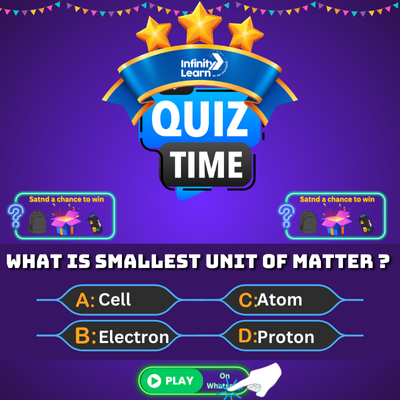Functioning of a Battery ; What are the Different Types of Battery? ; Some Common Terms Related to the Batteries […]
Uncategorized
Constitutional Isomers
Constitutional Isomers and Stereoisomers Constitutional isomers are molecules that have the same atoms, but a different order. This means that […]
States of Matter – Solid, Liquid, Gaseous and Plasma State
Intermolecular Forces ; The forces that exist between molecules are called intermolecular forces. There are several different types of intermolecular […]
Development of Modern Periodic Table – Brief History, Limitations and FAQ
The Periodic Table of Elements The periodic table of elements is a table that arranges all of the known elements […]
Know About The Five Membered Rings With One Heteroatom
Introduction to Heterocyclic Compound ; Derivatives of Pyrrole Furan and Thiophene ; Heterocycles with Nitrogen Atoms A heterocyclic compound is […]
Types of Intermolecular Forces – Dipole-Dipole, Ion-Dipole and Ion Induced Dipole
Intermolecular Forces Intermolecular forces are the forces that exist between molecules. There are four types of intermolecular forces: dispersion forces, […]
Classification of Polymerization Reaction
Polymerization Reaction ; A polymer is a large molecule composed of repeating structural units, called monomers. In a polymerization reaction, […]
Hydrogen – Position In The Periodic Table
Introduction to the Position of Hydrogen in Periodic Table The position of hydrogen in the periodic table is in group […]
Cyanide – Explanation, Occurrence, Uses, and FAQs
What is Cyanide? ; Cyanide is a poisonous gas that is released when certain materials, such as plastics, are burned. […]
Identification of Alcohols – Identification Methods, Schiff’s Reagent and FAQs
What is Alcohol? Alcohol is a colorless, flammable liquid that is the intoxicating agent in beverages such as beer, wine, […]


